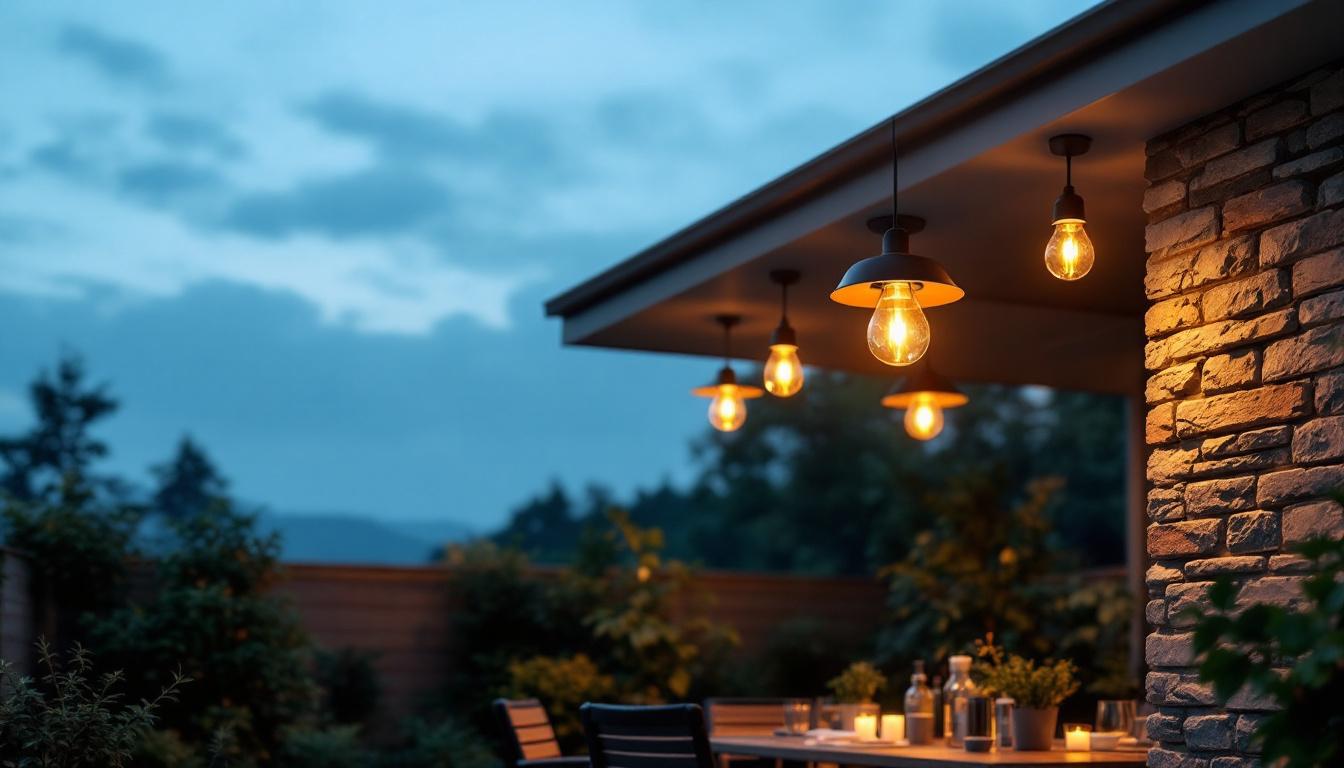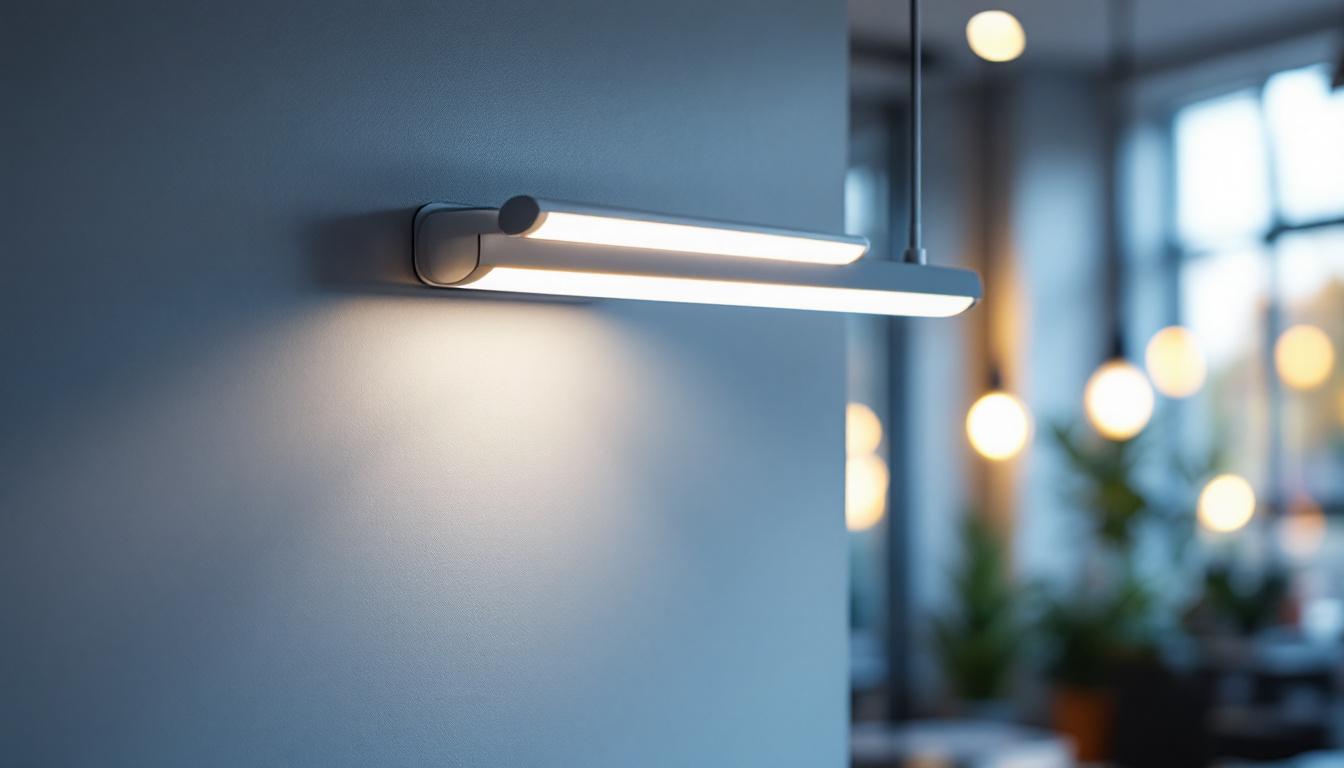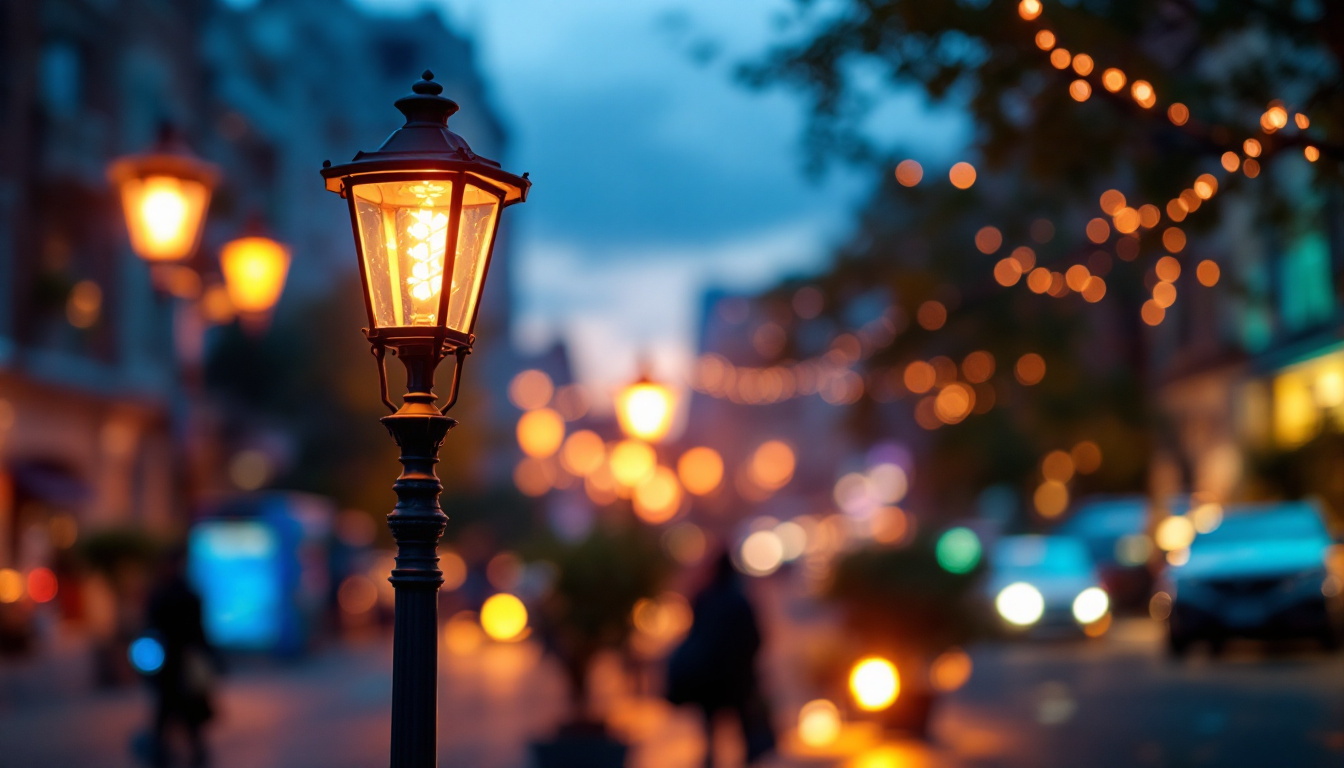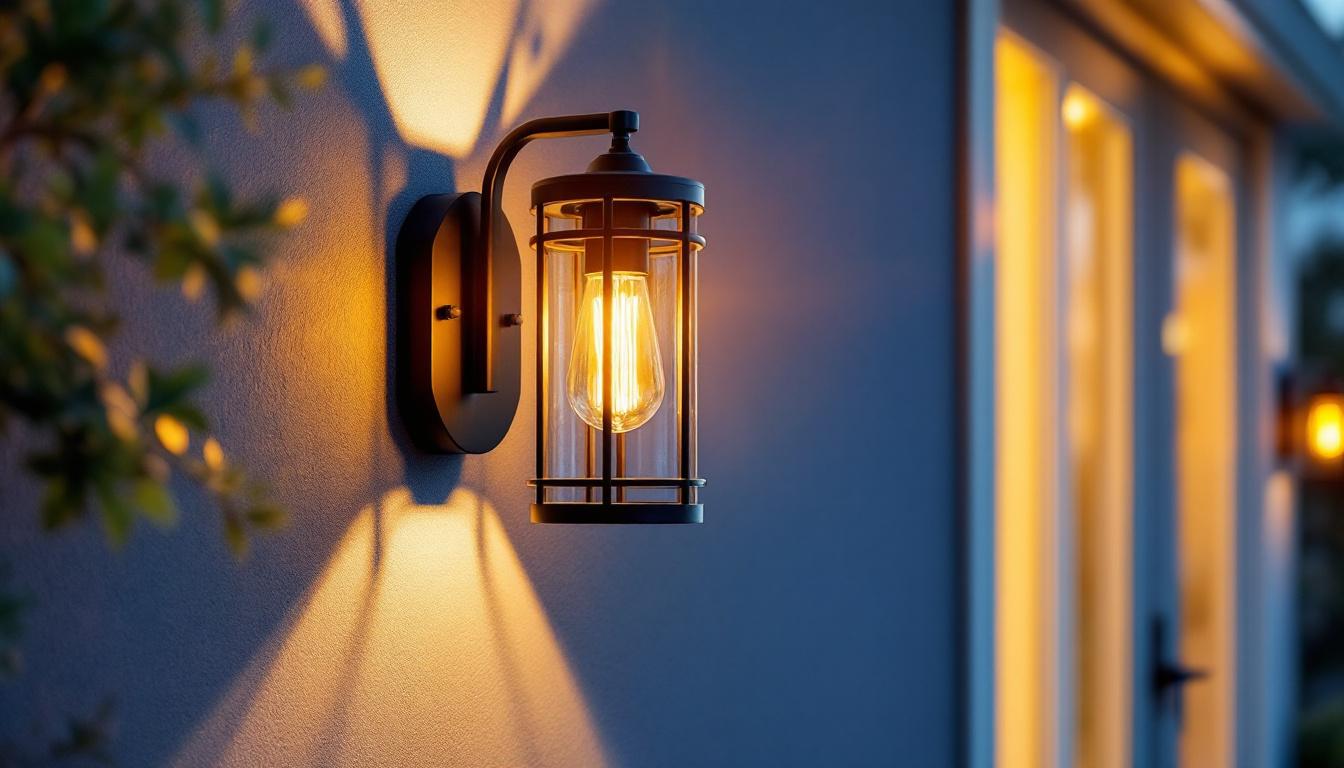
Lighting projects can significantly enhance the aesthetic and functional aspects of outdoor spaces. However, when it comes to installing outdoor ceiling lamps, many contractors face challenges that can lead to costly mistakes. Understanding common pitfalls and how to avoid them is essential for ensuring a successful lighting project. This article will delve into key considerations for outdoor ceiling lamps, providing valuable insights for lighting contractors.
Before embarking on any lighting project, it is crucial to have a solid grasp of the fundamentals. Outdoor ceiling lamps serve various purposes, from providing illumination to enhancing the ambiance of outdoor areas. Familiarity with the types of outdoor ceiling lamps available and their specific applications can set the stage for a successful installation.
Outdoor ceiling lamps come in several styles, including flush mounts, pendant lights, and chandeliers. Flush mount fixtures are ideal for low ceilings, offering a sleek and unobtrusive look. Pendant lights, on the other hand, can add a decorative touch while providing ample light, making them suitable for covered patios or porches. Chandeliers, although less common, can create a dramatic focal point in larger outdoor spaces.
Each type of lamp has its unique installation requirements and aesthetic appeal. Understanding these differences can help contractors choose the right fixture for the specific environment they are working in. For instance, pendant lights might require more extensive electrical work due to their hanging nature, while flush mounts can often be installed quickly and with minimal effort. Additionally, the choice of bulb type—such as LED, incandescent, or solar—can further influence the overall energy efficiency and brightness of the outdoor space, providing homeowners with options that align with their sustainability goals.
Outdoor ceiling lamps must withstand various weather conditions, including rain, snow, and extreme temperatures. Selecting fixtures that are rated for outdoor use is essential to avoid premature failure. Look for lamps with appropriate IP ratings, which indicate their resistance to dust and moisture. This consideration is vital for ensuring the longevity and reliability of the lighting solution.
Additionally, materials matter. Opt for corrosion-resistant finishes, such as stainless steel or powder-coated aluminum, to enhance durability. These choices not only prolong the life of the fixture but also maintain its aesthetic appeal over time. Furthermore, consider the impact of UV exposure on outdoor lighting. Fixtures made from UV-resistant materials can help prevent fading and deterioration, ensuring that your outdoor lighting remains vibrant and functional throughout the seasons. When planning your outdoor lighting design, it’s also beneficial to think about the placement of your fixtures; positioning them under eaves or awnings can provide extra protection from the elements, extending their lifespan and reducing maintenance needs.
Proper planning is a critical step in any lighting project. This phase involves assessing the space, determining the lighting needs, and ensuring compliance with local codes and regulations. A well-thought-out plan can prevent many common mistakes that lead to increased costs and project delays.
Before installation, it is essential to evaluate the outdoor area where the ceiling lamp will be placed. Consider factors such as the size of the space, existing architectural features, and the intended use of the area. For example, a dining area may require brighter lighting than a lounging space. Understanding these needs will guide the selection of the appropriate fixture and placement.
Additionally, take note of any obstructions that may affect the installation process. Trees, overhangs, or other structures can impact the effectiveness of the lighting, so it’s crucial to consider these elements in the planning phase. Furthermore, the orientation of the space in relation to natural light sources, such as windows or skylights, can also influence the overall lighting design. By analyzing how sunlight interacts with the area throughout the day, you can create a balanced lighting scheme that enhances both functionality and aesthetics.
Every region has specific codes and regulations governing outdoor lighting installations. Familiarizing oneself with these requirements is vital to avoid costly fines or the need for rework. This may include adhering to guidelines on fixture height, wattage limits, and energy efficiency standards.
Contractors should consult local building departments or relevant authorities to ensure compliance. This proactive approach can save time and resources, ensuring a smoother installation process. Additionally, understanding local codes can also provide insights into best practices for sustainability, such as using LED fixtures that not only meet energy efficiency standards but also reduce the overall carbon footprint of the installation. Engaging with local energy efficiency programs or incentives can further enhance the project’s viability, making it not just compliant but also environmentally responsible.
The selection of outdoor ceiling lamps can significantly impact the overall success of the project. Choosing the right fixtures involves considering various factors, including style, functionality, and energy efficiency. Making informed decisions at this stage can help avoid future complications.
Outdoor ceiling lamps should complement the architectural style of the home and the surrounding landscape. Whether the project aims for a modern, rustic, or traditional look, the chosen fixtures should enhance the overall aesthetic. Contractors should present clients with a range of options that align with their vision.
Moreover, the color temperature of the bulbs can also affect the ambiance. Warm white light creates a cozy atmosphere, while cooler tones may be more suitable for contemporary designs. Understanding these nuances can help contractors guide their clients in making the best choices. Additionally, the materials used in the fixtures play a crucial role in their durability and visual appeal. For instance, fixtures made from weather-resistant materials like stainless steel or treated wood can withstand the elements while maintaining their beauty over time. This consideration is especially important for areas prone to harsh weather conditions, where the longevity of the fixtures can save homeowners from frequent replacements.
Beyond aesthetics, the functionality of outdoor ceiling lamps is paramount. Consider the purpose of the lighting: Is it primarily for safety, ambiance, or task lighting? Identifying the primary function will help determine the appropriate brightness and placement of the fixtures.
For example, areas requiring high visibility, such as entryways or staircases, may benefit from brighter fixtures, while softer lighting may suffice for relaxation areas. Balancing these needs will enhance the overall effectiveness of the lighting project. Furthermore, incorporating smart lighting technology can elevate the functionality of outdoor fixtures. Features such as motion sensors or dimmers allow homeowners to customize their lighting experience, enhancing both security and energy efficiency. By integrating these modern solutions, contractors can offer clients a more versatile lighting system that adapts to their lifestyle and preferences, ensuring that the outdoor space is not only beautiful but also practical and user-friendly.
Even with the right planning and fixture selection, the installation process can present challenges. Adhering to best practices during installation can help mitigate potential issues and ensure a successful outcome.
Electrical safety is a top priority when installing outdoor ceiling lamps. Ensure that all wiring is done according to local electrical codes and standards. Use weatherproof junction boxes and connectors to protect against moisture and corrosion. Additionally, employing GFCI (Ground Fault Circuit Interrupter) outlets can provide an extra layer of safety in outdoor settings.
Contractors should also consider the use of low-voltage lighting systems for certain applications. These systems can be safer and more energy-efficient, making them a viable option for many outdoor projects.
Outdoor ceiling lamps can be heavier than their indoor counterparts, particularly decorative fixtures. Ensuring that the installation location can support the weight of the fixture is crucial. This may involve reinforcing existing structures or using appropriate mounting hardware.
Taking the time to secure the fixture properly will prevent future issues, such as sagging or detachment, which can lead to costly repairs and safety hazards.
The completion of the installation does not mark the end of the project. Post-installation considerations are essential for ensuring the longevity and effectiveness of outdoor ceiling lamps. Proper maintenance and client education play significant roles in this phase.
Outdoor fixtures are exposed to the elements, making regular maintenance essential for their longevity. Contractors should advise clients on the importance of cleaning fixtures periodically to remove dirt, debris, and moisture buildup. This simple task can enhance the performance and appearance of the lamps.
Additionally, checking for any signs of wear or damage, such as frayed wires or corrosion, should be part of routine maintenance. Addressing these issues promptly can prevent more significant problems down the line.
Educating clients about their outdoor ceiling lamps is crucial for ensuring they understand how to operate and maintain their lighting effectively. Providing information on bulb replacement, energy efficiency, and safety precautions can empower clients to take an active role in their lighting systems.
Moreover, discussing the importance of using compatible bulbs and fixtures can prevent future issues. This education can enhance client satisfaction and reduce the likelihood of service calls related to misunderstandings or misuse.
Outdoor ceiling lamps play a vital role in enhancing outdoor spaces, but they come with their own set of challenges. By understanding the basics, planning meticulously, choosing the right fixtures, adhering to installation best practices, and considering post-installation maintenance, lighting contractors can avoid costly mistakes in their projects.
Ultimately, a successful outdoor lighting project not only meets the client’s aesthetic and functional needs but also ensures safety and longevity. By following the guidelines outlined in this article, contractors can deliver exceptional results and build a reputation for quality and reliability in their work.
Ready to elevate your outdoor lighting projects with fixtures that promise quality, durability, and style? Look no further than LumenWholesale for a vast selection of spec-grade lighting products at unbeatable wholesale prices. Say goodbye to middleman markups and hello to superior lighting solutions that meet the highest industry standards. With free shipping on bulk orders, LumenWholesale is your go-to source for premium lighting without hidden fees or compromises. Enhance your outdoor spaces with confidence and cost-efficiency. Wholesale Lighting at the Best Value is just a click away.

Discover the benefits of T5 lamps in enhancing lighting installation projects.

Discover the ultimate checklist for lighting professionals focused on lamp street lights.

Discover the essential guide for lighting contractors with the ultimate Can Light Conversion Kit checklist.

Discover the crucial role outdoor wall sconce light fixtures play in the success of lighting projects.